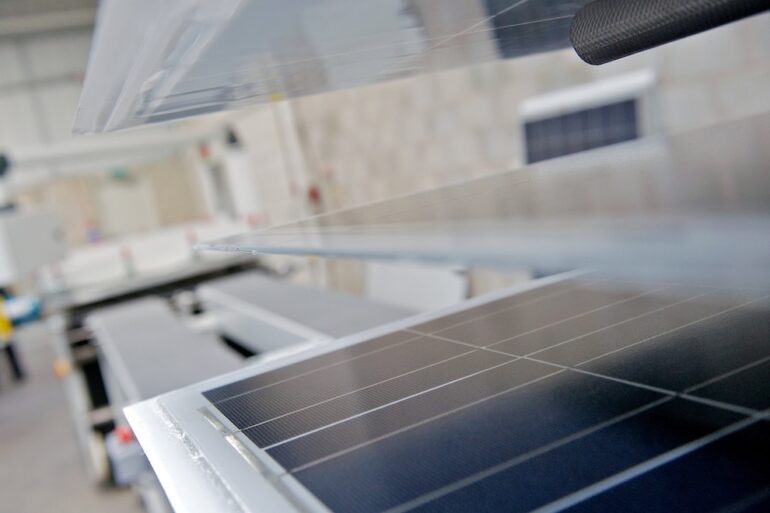Solar energy is often hailed as a clean and sustainable alternative to fossil fuels, and for good reason. Once installed, solar panels generate electricity without emitting greenhouse gases, making them a crucial tool in the fight against climate change. However, like all technologies, solar panels have an environmental footprint — particularly in the manufacturing phase — that is important to understand and address.
Manufacturing & Mining Concerns
The production of solar panels involves several energy-intensive processes. Most panels are made using crystalline silicon, which requires mining quartz, purifying it into polysilicon, and then forming it into wafers. These steps consume significant energy, often derived from fossil fuels, especially in regions where coal is the dominant power source. This contributes to carbon emissions even before the panels start generating clean electricity.
In addition to energy use, the manufacturing process involves hazardous materials such as cadmium, lead, and hydrofluoric acid. If not properly managed, these substances can pose risks to workers and nearby ecosystems. Responsible manufacturers implement strict safety and waste management protocols, but regulations vary widely across countries, especially in regions with lower environmental oversight.
Another concern is the mining of raw materials like lithium, silver, and rare earth metals used in certain solar technologies. These mining operations can lead to habitat destruction, water pollution, and significant carbon emissions if not managed sustainably.
Get Your Energy Independence
Energy Payback
Despite these challenges, the overall environmental impact of solar panels remains relatively low compared to fossil fuel alternatives. Over their 25–30 year lifespan, most solar panels produce far more energy than was used to create them — often achieving “energy payback” within 1–3 years. Additionally, innovations in recycling technologies and the development of lower-impact materials are making solar manufacturing more sustainable.
To minimize environmental costs, consumers and policymakers can prioritize panels made in facilities powered by renewable energy, support recycling infrastructure, and push for stricter environmental standards in the global supply chain.
In conclusion, while solar panel manufacturing has an environmental impact, it is relatively small compared to the benefits of widespread solar adoption. With thoughtful regulation and innovation, the clean energy promise of solar power can be fully realized without sacrificing environmental integrity.
Photo credit: University of Salford Press Office

